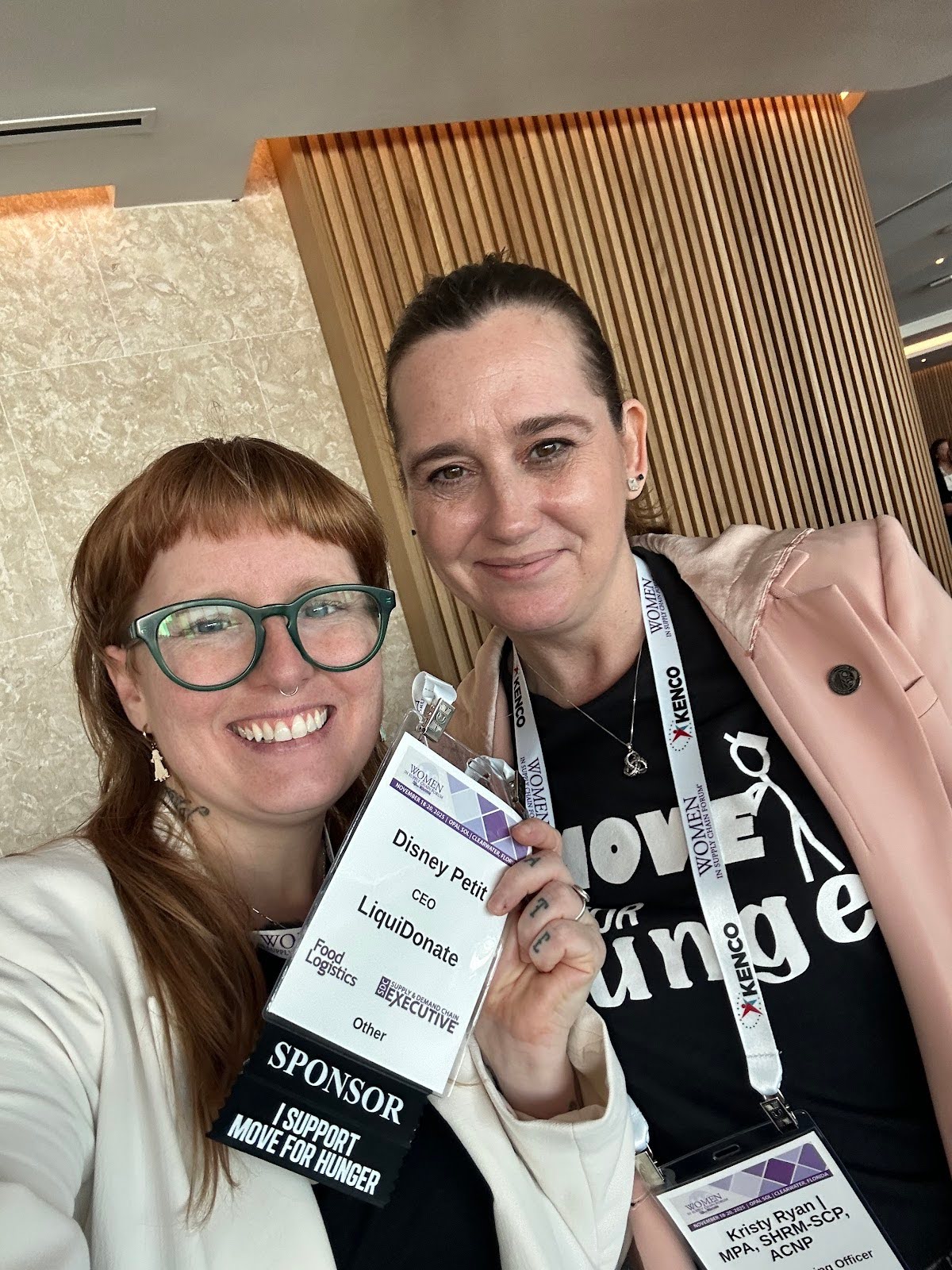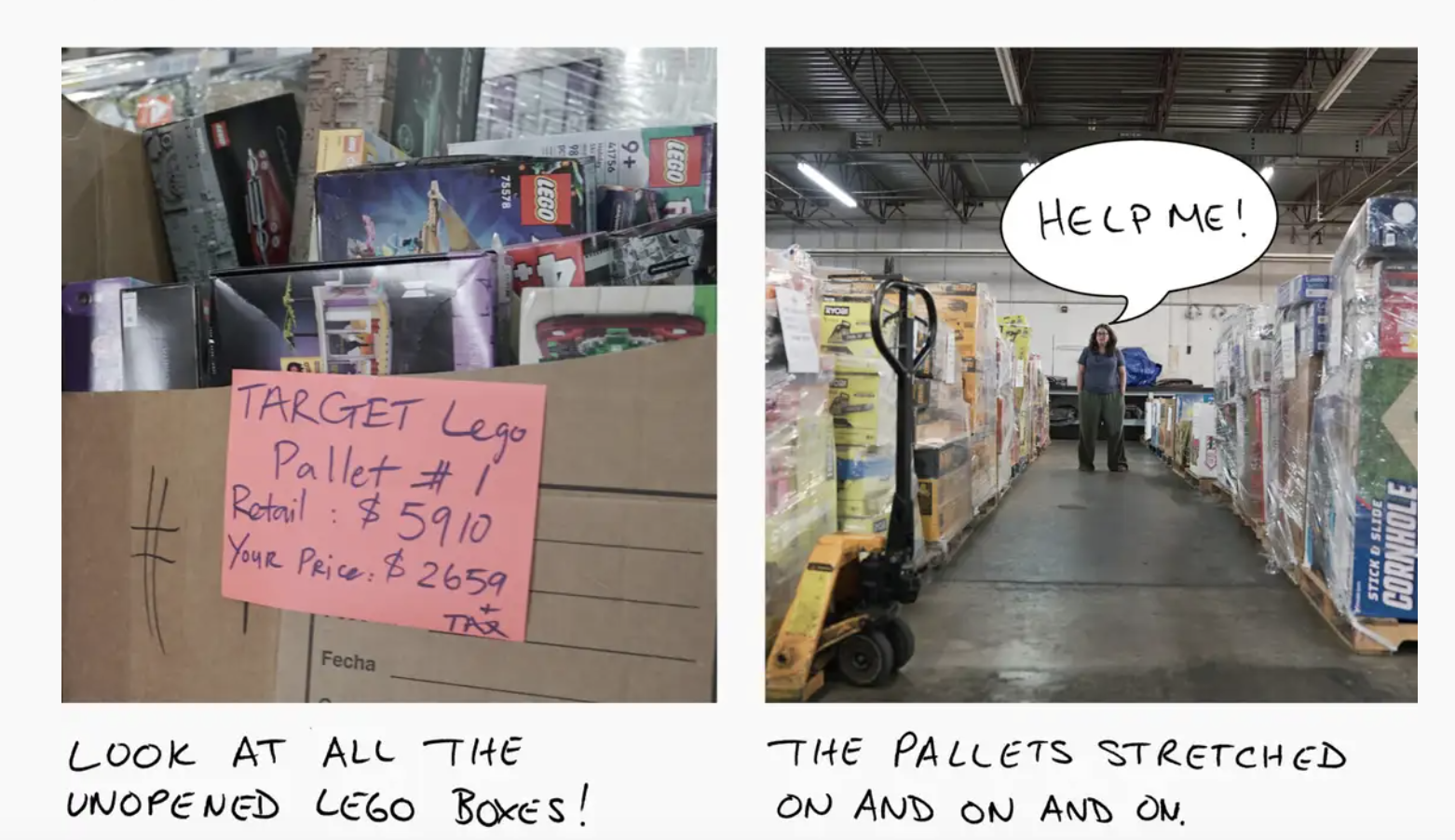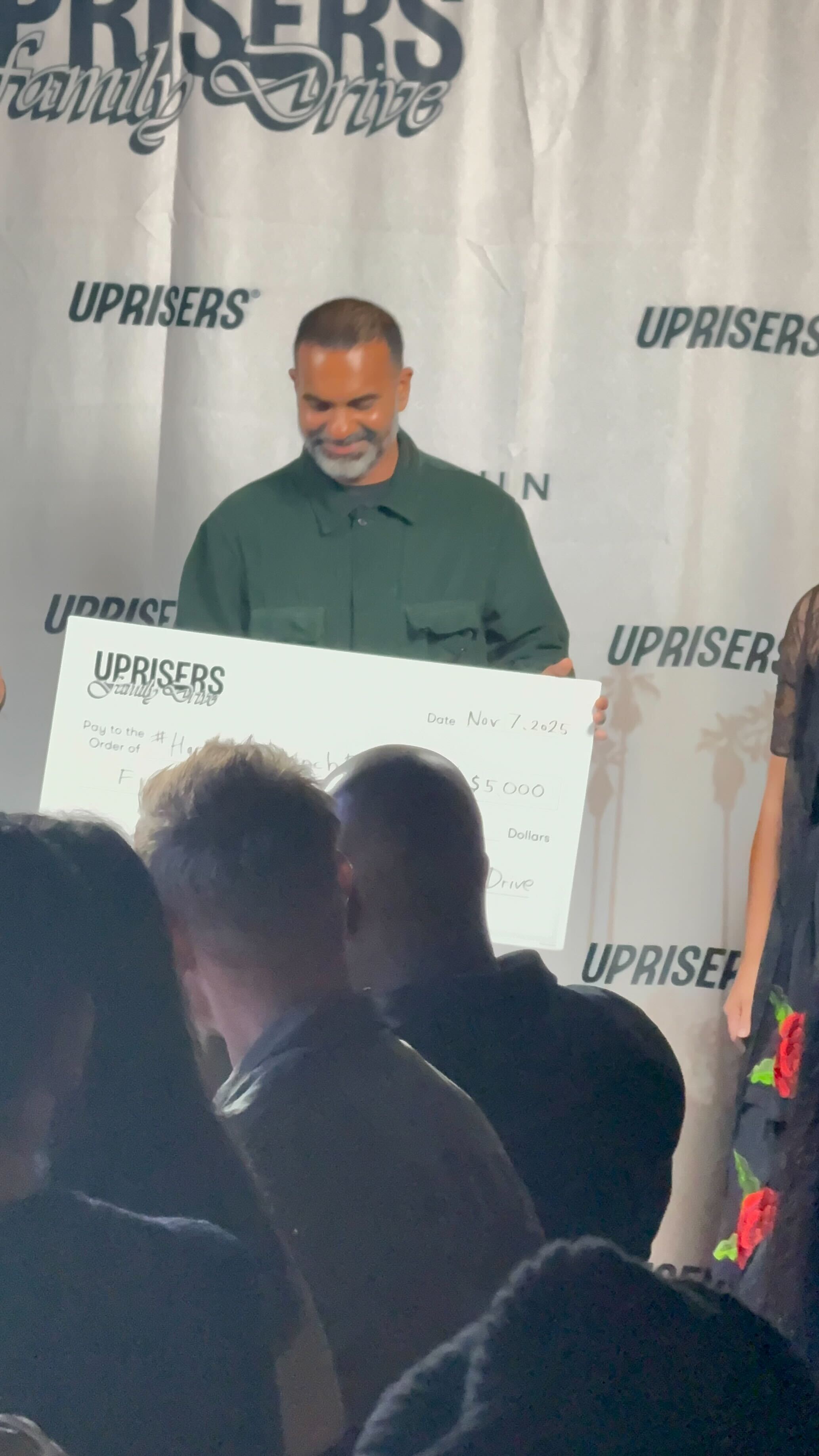


Last week I spent a few sunny days at the Women in Supply Chain Forum in Clearwater, and it reminded me (again) why I love this industry: supply chain is a universe built by people who make things happen quietly, consistently, and with zero ego.
Between kit-packing for Move For Hunger, coffee chats, and a few too-many sessions where I scribbled notes as fast as possible, a few themes stuck with me.
1. Anne Feder’s reminder of the “Discovery → Development → Launch” paradigm applies to way more than product
During her keynote, Anne Feder broke down how leaders can move from self-doubt to momentum by treating their work like a product lifecycle:
Discovery (ask questions, understand the landscape),
Development (pressure test ideas, set expectations), and
Launch (step into the role, own it).
I realized this is also the exact model for great partnership building.
My first conversations with retailers always start in Discovery: Who am I talking to? How technical are they? What’s actually blocking progress?
Then Development: Level-setting the opportunity, showing what LiquiDonate can do at a base level, and sharing case studies that spark ideas instead of shutting them down.
Only then does anything meaningful launch.
It was refreshing to hear that mapped out on stage in a room full of women who’ve lived the same reality.
2. The best connections were the unexpected ones
A few fast standouts:
- A woman from Tide Consulting who “knows people in supply chain” (every conversation in supply chain starts like this, and I love it).
- An Amazon contact who asked for an email to get us to the right person.
- The team from Kenco Connect talking about how important 3PLs are the heart of supply chain—and why cynics and pessimists “don’t change the world.” (Amen.)
You can’t plan these moments. You just have to show up.
3. People are hungry for real solutions
When I told people what LiquiDonate does, the reactions fell into two buckets:
Bucket 1:
“I didn’t know this existed.”
Translation: We’ve been eating the cost of waste, shrink, and returns for years because we assumed there was no alternative.
Bucket 2:
“Wait—this solves upcoming EPR?”
Translation: Help me. Yesterday.
The good news is that the industry is shifting from “returns are a cost center” to “returns are a compliance, cost-reduction, and community story.”
What used to be fringe is now table stakes.
4. These rooms matter
I’ve spent years building a company that turns the saddest moment in retail—the return—into something good. Standing in a room full of people solving their own unglamorous, operational headaches reminded me we’re all doing the same thing: fixing invisible problems that keep the world running.
Women in supply chain are carrying so much of that work. And this forum created space not just to network, but to breathe, reflect, and learn from each other.
5. And finally… kit-packing is the great equalizer
There’s no faster way to break the ice than putting people to work.
It strips the hierarchy right out of the room.
It also reminded me why I love the “doers” of this industry—they’re the first ones to roll up their sleeves.
If you work in supply chain, sustainability, reverse logistics, or you just want to talk about how the returns economy is about to collide with global EPR rules… my inbox is open.
There’s so much work to do. But after this week, I’m feeling energized—and honestly, optimistic.









